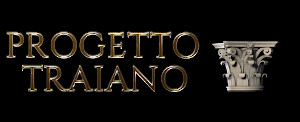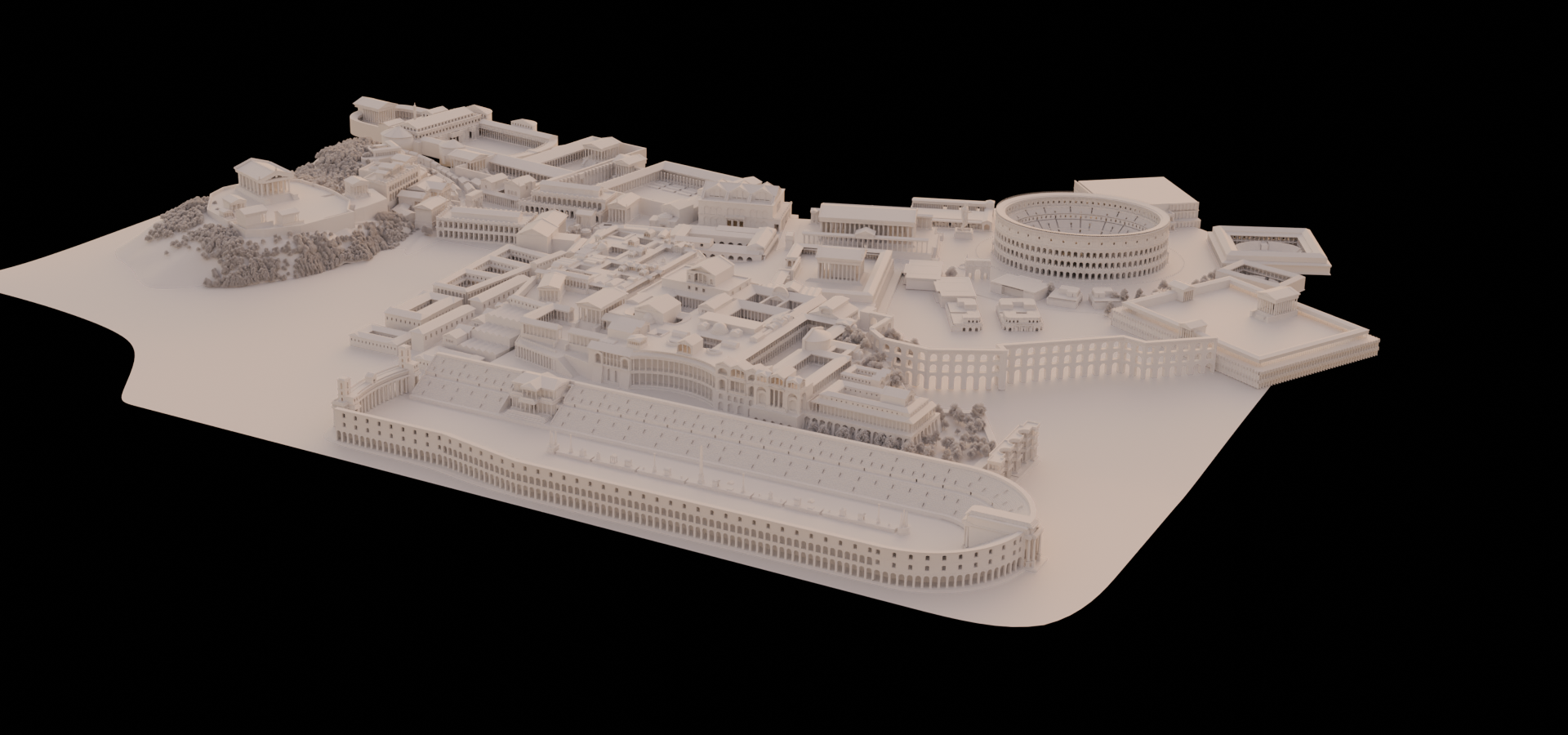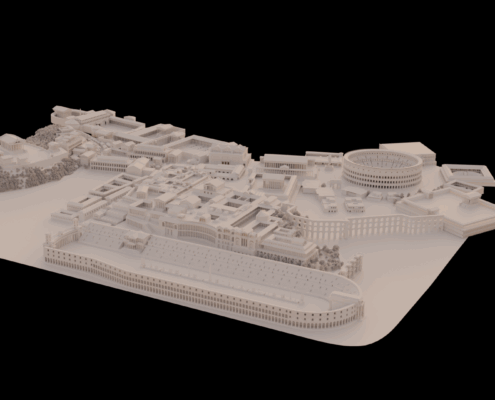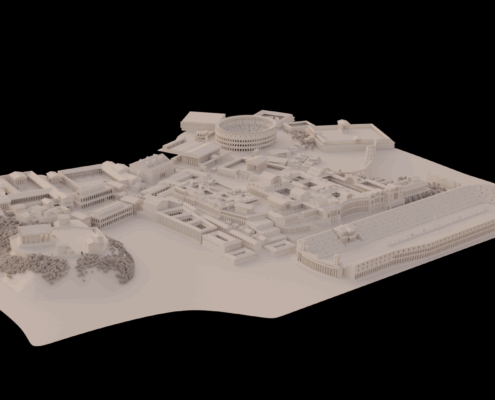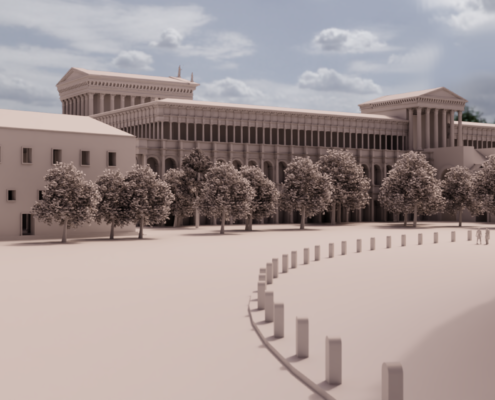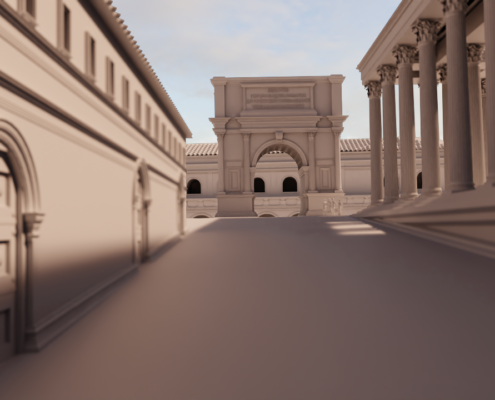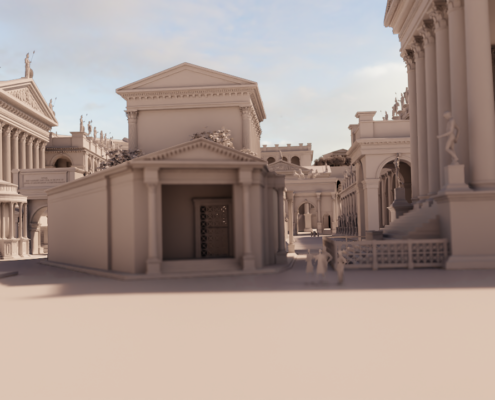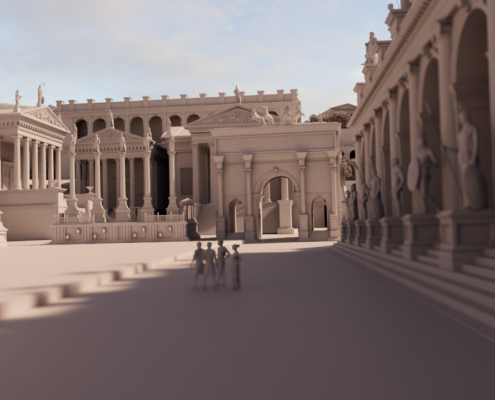ROME
After having focused on the reconstruction of several monuments of ancient Rome, and after having collaborated with various entities and institutions, at the beginning of 2025 we decided to launch a new, large-scale project. The driving idea is to gather the many concepts we have been developing into a single framework, and to organically relocate the many models we have created over the years.
The primary purpose of this project is to visually present what imperial Rome appeared at the height of its greatness, at the time of Emperor Constantine (320 AD). The goal is to create a detailed, accurate, and comprehensive reconstruction of ancient Rome.
The starting reference used for this project is Italo Gismondi’s massive model of Ancient Rome located in the Museum of Roman Civilization. Following a standard approach, the buildings are fundamentally divided into two classes. The first one is constituted by the main, well documented monumental buildings. In this case, the results of recent studies have been integrated on the solid basis constituted by Gismondi’s model: many plans and archaeological studies have been used to reshape the buildings on the basis of the latest findings.
The second class is constituted by minor buildings, family houses, warehouses, which are a fundamental part of the urban fabric but for which detailed information can hardly be found. In this case, Gismondi’s model was maintained as main reference.
The core digital model, together with the studies that are at the basis of its implementation, are used to generate specific views. The aim is to provide a visual experience as close as possible to what a Roman in the 4th century AD would have seen. In this sense, particular care has been taken to faithfully reproduce distances and volumes. As for colours, according to a well-established approach, assumptions were made where the sources did not produce clear references.
This page will be updated regularly, in order to reflect the current status and the latest achievements of the project.
A few examples:
- Digital model: views from the South, West, North and East
- Temple of Claudius as seen from the Colosseum
- Area north of the Colosseum
- From the Colosseum towards the Basilica of Maxentius: Arch of Titus
- From the Basilica of Maxentius towards the Roman Forum. From left to right: Temple of Vesta, Regia, back of the Temple of Caesar, Basilica Aemilia
- Roman Forum, from left to right: Basilica Julia, Temple of Saturn, Temple of Vespasian and Titus, Temple of Concord, Tabularium, Arch of Septimius Severus, Basilica Aemilia
